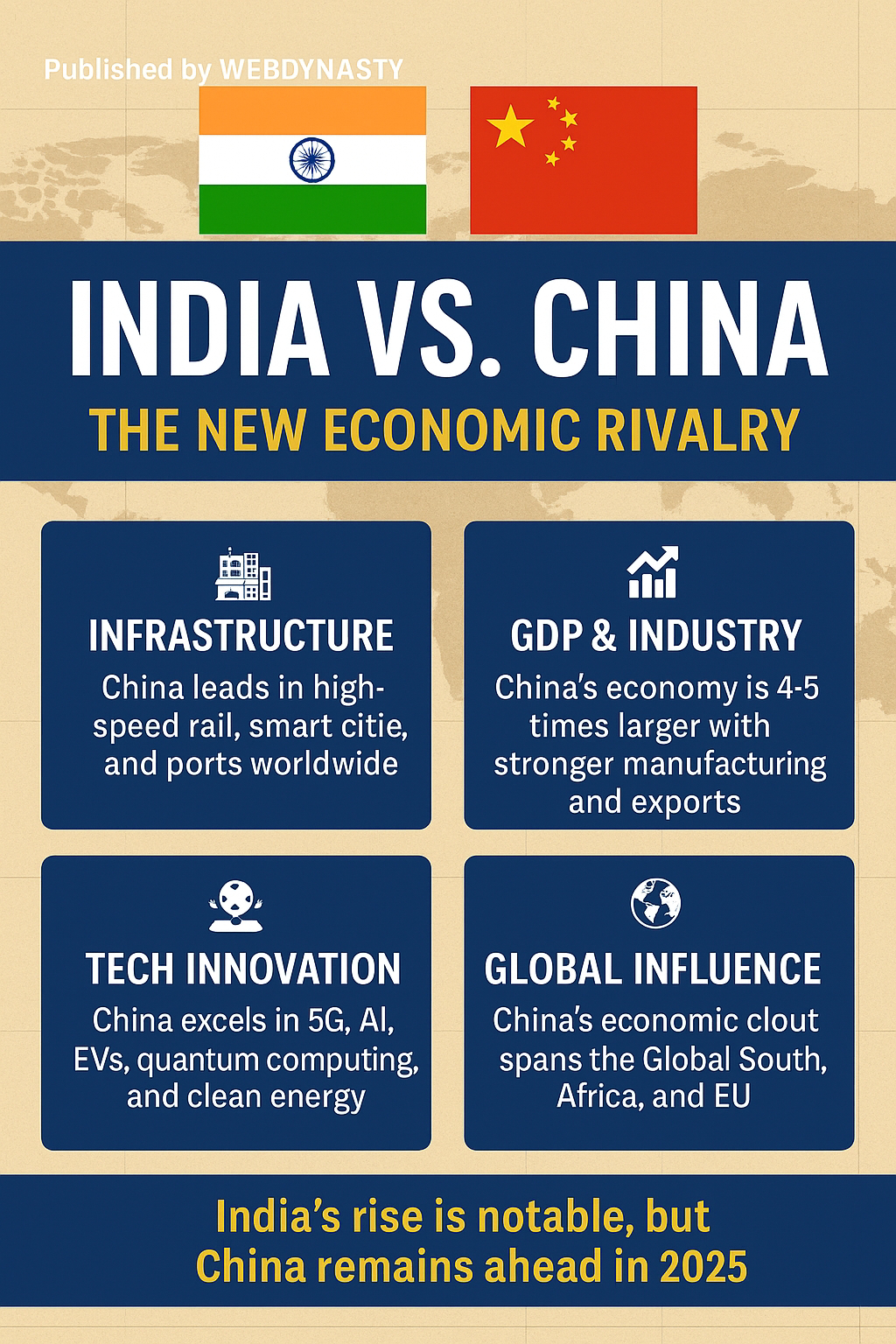Green Steel and the Future of Construction
🏗️ Green Steel: Forging the Future of Sustainable Construction
Published by WEBDYNASTY | Industry, Sustainability & Innovation
In 2025, the race to decarbonize construction is intensifying — and one material is at the heart of it all: steel.
Steel is the backbone of modern infrastructure, but it's also one of the world’s most carbon-intensive materials. The traditional steelmaking process accounts for nearly 7–9% of global CO₂ emissions, largely due to the use of coal in blast furnaces.
Now, a new industrial revolution is underway: the rise of green steel — low-emission or carbon-neutral steel produced using renewable energy, hydrogen, or electric arc furnaces.
Let’s explore how green steel is reshaping construction and what this means for investors, developers, and the planet.
🔧 What Is Green Steel?
Green steel refers to steel produced through methods that significantly reduce or eliminate carbon emissions. The most promising technologies include:
-
Hydrogen-based Direct Reduced Iron (H-DRI): Replacing coal with green hydrogen as a reductant.
-
Electric Arc Furnaces (EAFs): Melting scrap steel using renewable electricity instead of fossil fuels.
-
Carbon capture and storage (CCS): Applied to traditional methods to reduce CO₂ emissions.
The key difference is energy input and emissions output — green steel relies on clean inputs and circular models, like scrap recycling.
🌍 Why It Matters: The Climate + Construction Connection
The global construction sector contributes to 38% of total CO₂ emissions, and much of that stems from steel and cement. As countries enforce stricter green building regulations and ESG disclosures, developers are under pressure to decarbonize their supply chains.
Governments in the EU, US, and Asia are also introducing:
-
Carbon border taxes
-
Public procurement policies favoring green materials
-
Sustainability-linked financing incentives
As a result, demand for green steel is rising across:
-
Commercial & residential real estate
-
Infrastructure megaprojects
-
Wind and solar farm structures
-
Automotive and heavy machinery
🔋 The Business Case for Green Steel
Green steel isn’t just an environmental choice — it’s a competitive advantage.
🔑 Benefits for Companies:
-
Future-proofing against carbon taxes
-
Access to green financing & ESG investors
-
Meeting procurement standards for public projects
-
Enhancing brand value and sustainability credentials
“In the next 10 years, unsustainable steel will be phased out of premium projects,” said a UK-based construction executive to WEBDYNASTY.
🌐 Who’s Leading the Charge?
Several industry pioneers are already scaling green steel production:
-
SSAB (Sweden): Delivered the world’s first fossil-free steel using hydrogen
-
ArcelorMittal: Investing over $10 billion into low-carbon steel across Europe and India
-
H2 Green Steel: A Swedish startup building massive hydrogen-based plants
-
POSCO (South Korea) and Baowu Steel (China): Testing hybrid EAF and CCS models
Construction giants like Skanska, Laing O’Rourke, and Obayashi Corp have begun integrating green steel into their supply chains for major infrastructure bids.
🚧 Challenges Ahead
Despite the momentum, green steel adoption still faces roadblocks:
-
High production costs
-
Limited availability of green hydrogen
-
Underdeveloped recycling and scrap sorting infrastructure
-
Regional disparities in renewable energy supply
But with policy support, public demand, and private investment, these hurdles are rapidly being addressed.
🔮 What the Future Looks Like
By 2030, analysts project that 10–20% of all steel used in construction will be green steel — a figure that could grow faster in high-income countries with aggressive decarbonization goals.
Green steel will become the default building block for sustainable cities, clean transport systems, and climate-resilient infrastructure.
Final Word from WEBDYNASTY
Green steel is more than a buzzword — it’s a critical piece in the puzzle of global decarbonization. As construction firms look to build for the future, steel must evolve to meet the moment.
Investors, engineers, and governments have a rare opportunity to reshape a foundational industry — one that doesn’t just build structures, but builds sustainability into the core.
The steel of the future is clean. And the future is now.




Comments
Post a Comment